#110 Torre de Belém
Belém [Lisbon], Portugal
1514-1519
This
is NOT an official Lego site
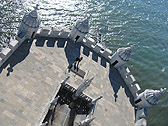 |
 |
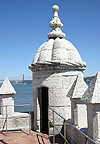 |
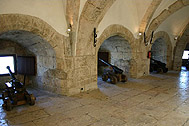 |
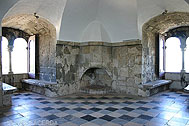 |
| The deck from the donjon. | A
decorative balcony on the tower. |
A cupola
on the tower's roof. |
Some of
the cannon ports that ring the bastion. |
The
audience room on the tower's fourth floor. |
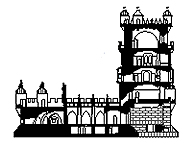 |
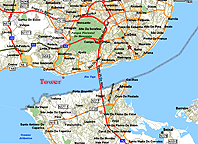 |
| A cross-section of the castle. | A map of
the Tagus estuary showing the location of the Torre de Belém. |
Other Belém Tower pages:
http://www.mosteirojeronimos.pt/index_torre.html
http://www.bluffton.edu/.../Lisbon/belem/belem.html
http://francois.schreuer.org/photos/20050203_belem.html
Return to the
main castle
page.
Castles created by
Robert
Carney
Page designed & maintained by Robert Carney